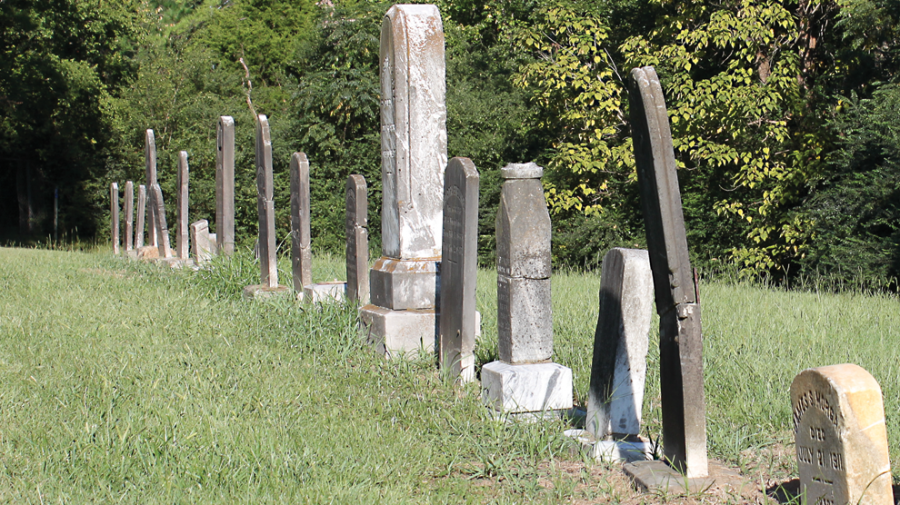What if you were exiled, forgotten and abandoned by society and your legacy lasted only as long as there were still people alive to remember you?
The depiction is certainly disheartening and ,according to Tom Hobbs, chairman of the Bryce Hospital Historic Preservation Committee, this was a reality many former patients at Bryce Hospital experienced.
“If you go to the Bryce cemetery at dusk, you will see a barren landscape surrounded by a few scattered remnants of grave markers that are nameless reminders of our collective disrespect,” Hobbs said. “You get the feeling these people didn’t exist at all.”
The patients at Bryce were more than just numbers on a clipboard or bodies filling beds. They were real people, who once had accomplishments, hopes and dreams, said Steve Davis, historian for the Alabama Department of Mental Health. Davis said one of the graves from Bryce’s early history contains a patient who used to lead cheers at football games and talk to cadets on the Quad when the University was a military university.
“When the man passed away, there were more than 100 cadets at his funeral,” Davis said. “He was more than just a patient. He was well-known and beloved by the students at the University.”
There are also many veterans buried at Bryce from the American Civil War, Spanish American War and World War I.
“It is important to realize that everyone has a history,” Davis said. “These people were very much loved. They were each someone’s son or daughter.”
“We have people buried in the cemeteries all the way back to the early 1800’s when there was virtually no treatment for mental illness,” said John Ziegler, director of the Office of Information for the Alabama Department of Mental Health.
Bryce was built during the American Moral Treatment Movement on the same theory as Victorian resort hotels – a person could go to a quiet place and be restored, Ziegler said.
He said the building itself was built for comfort, with a window in every room, and the grounds contained beautiful peach orchards and flower gardens. Peter Bryce eliminated strait jackets and physical restraints on the basis that people who had a nice place to live, something meaningful to do and were treated kindly, would improve inherently, said Hobbs.
Hobbs recognized that Bryce Hospital has a checkered history. It was at Bryce Hospital where things changed and authors have written that it was a ‘Revolution in Psychiatry’ in terms of standards of care, he said.
“It stands as a quintessential symbol of Alabama’s dedication to individuals who have experienced mental history in the past century,” Hobbs said. “It became the architectural prototype for asylums across the nation and helped to create federal standards of care for those who were involuntarily admitted.”
When the American Moral Treatment Movement gave way to the Custodial Period, however, things at Bryce Hospital changed significantly.
“During the custodial period there were approximately 5,000 patients to three doctors,” Ziegler said. “People with mental illnesses had no rights and the way these people are being treated in respect to the cemeteries is the way they were treated every day during the custodial period.”
The Bryce Hospital Historic Preservation Committee is attempting to make amends for the neglect the cemeteries have endured over the years by raising money to build a memorial in tribute to the lives and legacies of former patients.
“Next year Bryce will celebrate its 150th anniversary and we would like to pay tribute to all of those who are buried there by establishing this long-overdue memorial,” Hobbs said. “Our goal is to raise $100,000, and we are only about one-third of the way there right now.”
***PULL OUT BOX****
If you would like to make a donation to this cause please send cash or checks to:
The Bryce Hospital Cemetery Memorial Fund
Community Foundation of West Alabama
P.O. Box 3033
Tuscaloosa, AL 35403







